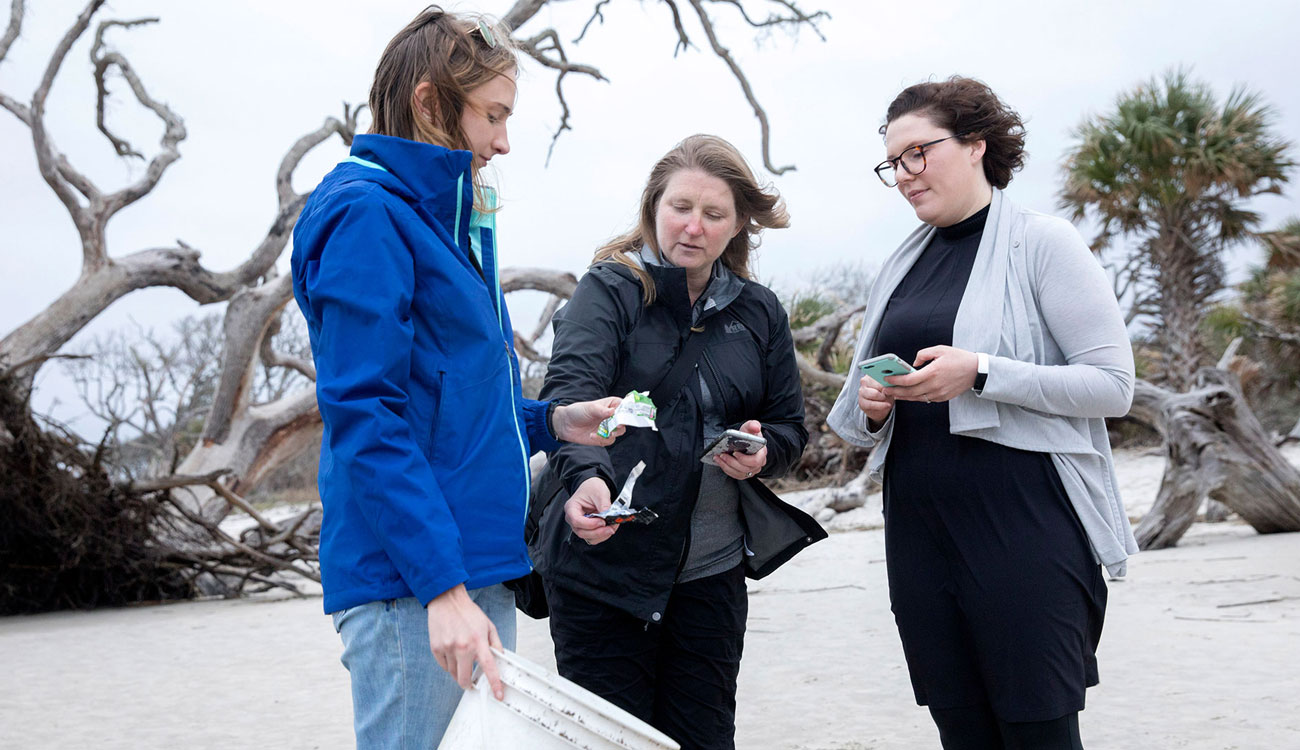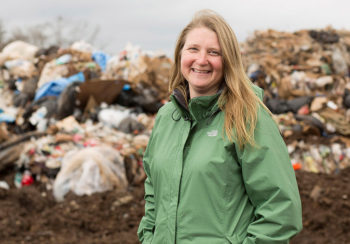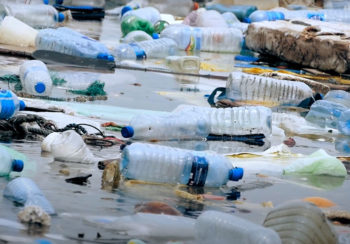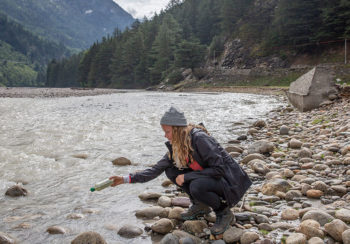Jenna Jambeck’s work with colleagues at the University of California, Santa Barbara, and the Sea Education Association uncovered a startling statistic that was named the 2018 International Statistic of the Year by the Royal Statistical Society: 90.5 percent of plastic has never been recycled.
Right before Jenna Jambeck was returning to school to get her doctorate in environmental engineering in 2000, racing captain and oceanographer Charles Moore showed the industrialized world that its obsession with plastic had a cost.
Moore’s articles on the Great Pacific Garbage Patch described a swath of free-floating marine debris, much of it plastic, that is now twice the size of Texas. The discovery was horrifying evidence of the consequences of man’s fascination with disposable, prepackaged goods. But perhaps more horrifying was that the microplastic-filled soup of trash wasn’t the only one; it was just the first to be discovered.
Jambeck was disgusted.
“I felt like we were doing something wrong on land if our trash is ending up in the ocean,” says Jambeck, now a professor of environmental engineering at the University of Georgia. But a senior advisor at the time told her no one really cared that garbage was making its way from land into the world’s waterways. “Waste management in general, people haven’t really cared about that either.”
But to Jambeck, that was unacceptable.
After coming to Georgia, she and colleague Kyle Johnsen developed a free and easy-to-use app, Marine Debris Tracker, that gives ordinary people across the globe the power to record the location of debris they find on shores, on land and in the water. The information users submit helps determine some of the hot spots where trash is washing up on shore and gives the researchers an idea of the most common types of plastic and waste showing up as litter.
A year later after Apple gave the app a visibility boost in its 2014 Worldwide Developer Forum promo video, Jambeck was all over the news when Science published her study estimating that 8 million metric tons of plastic entered the ocean in 2010. For the first time, there was a number—a conservative estimate, but an undeniable quantity—that showed exactly how ubiquitous plastic had become. A follow-up study in 2017 by Jambeck and some of the same colleagues from the previous study found that humans have created 8.3 billion metric tons of plastic since mass production began in the ’50s. And the majority of it, 6.3 billion metric tons to be exact, ended up as waste.
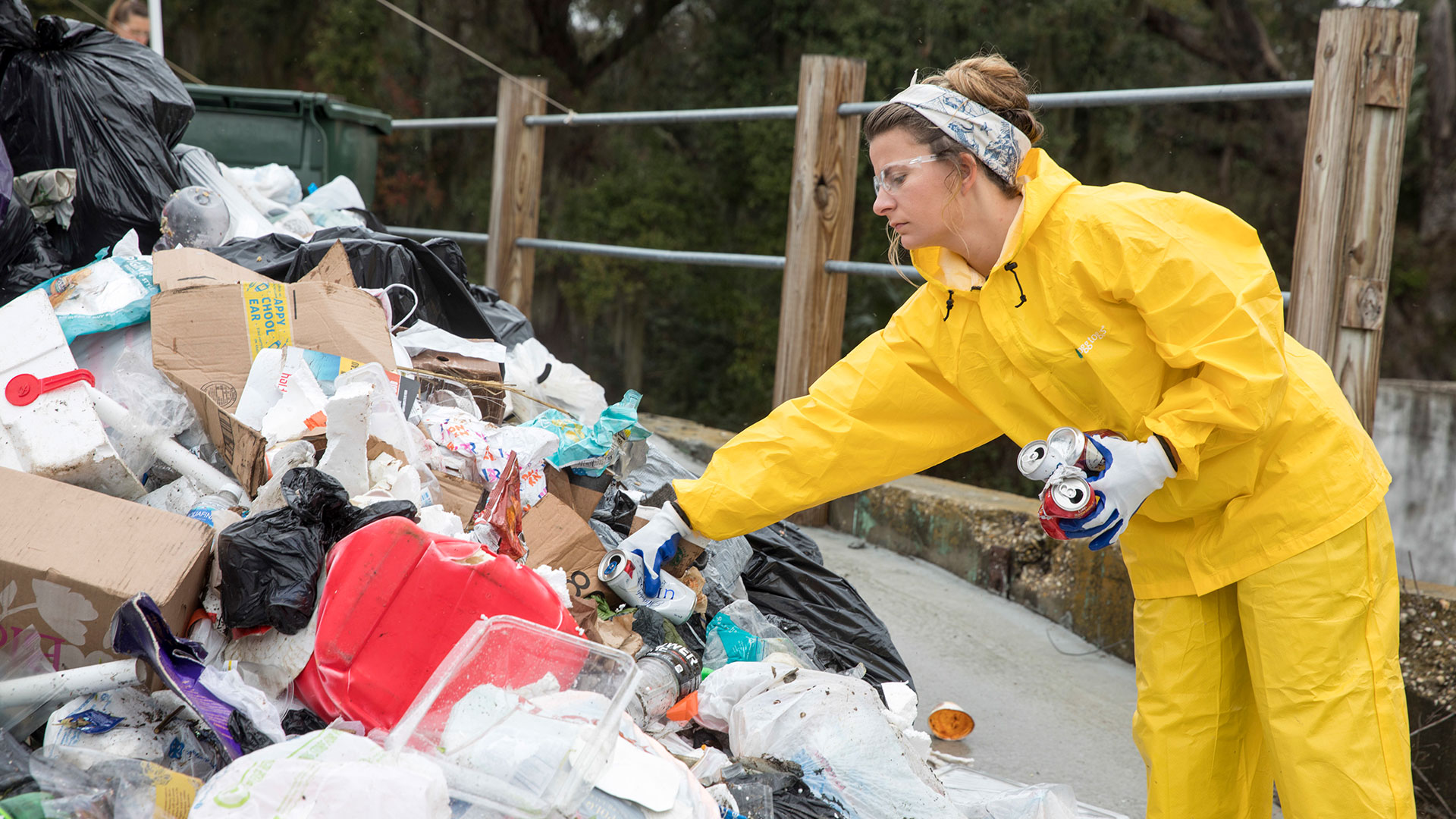
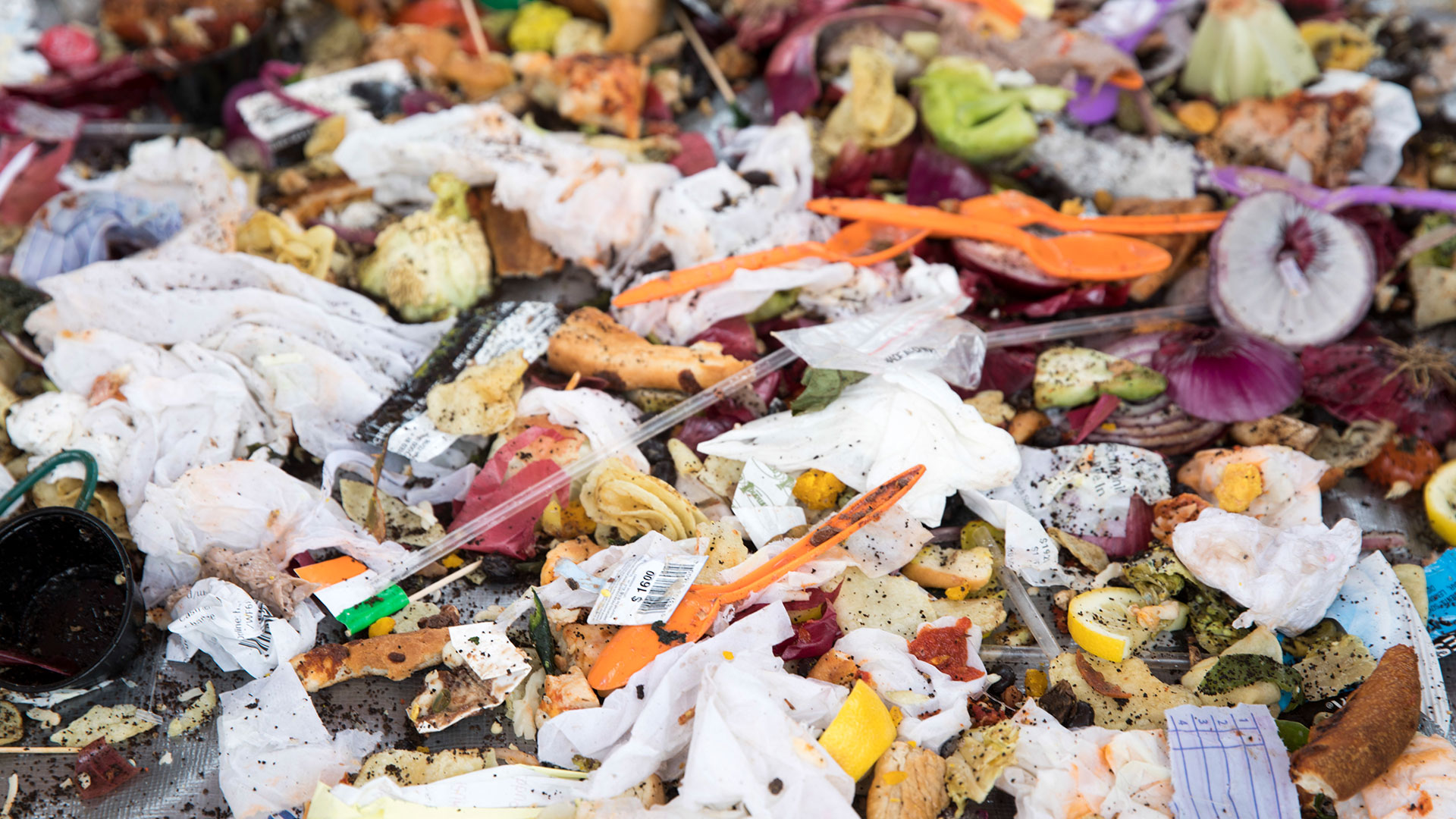
Both of Jambeck’s articles prompted stories in The Washington Post, Scientific American and The New York Times, among others. The research also got her in front of the U.S. Senate Committee on Environment and Public Works.
She warned senators that as global production of plastic continues to grow—and it is expected to continue to grow for decades—more animal and human lives are at risk, as are tourism dollars lost from polluted beaches and boating industry money from clogged pump systems and tangled boat propellers. While it’s important to put money and effort into cleaning the oceans, stopping the plastic from reaching our waterways and reducing our reliance on non-reusable plastic in the first place is paramount, she told them.
In the summer of 2017, the State Department sent Jambeck to the Philippines, Indonesia, Japan, South Africa, Vietnam and Thailand to look for ways to improve solid waste management infrastructure and reduce the use of plastic products. The key to decreasing the amount of plastic in the environment is to minimize the amount being produced, which means reaching out to industry.
“I felt like we were doing something wrong on land if our trash is ending up in the ocean.”
– Jenna Jambeck, Associate Professor, College of Engineering
Her work with the UGA’s New Materials Institute, a year-old research hub that focuses on green engineering principles and strategic industry partnerships to find alternatives for common plastics, offers her the chance to do just that. Jambeck leads the institute’s Center for Circular Materials Management, where her goal is to create a circular economy where waste doesn’t exist.
“The question for me is always how can we design waste out of this system?” she says. “How do we get back to that core point of not having waste?”
And in time, it’s a question Jambeck hopes to answer.
In her latest research, Jenna Jambeck worked with colleagues at the University of California, Santa Barbara, and Sea Education Association to discover that 90.5 percent of plastic waste has never been recycled. Of the 8.3 billion metric tons of plastic produced since large-scale production of plastic products began in the 1950s, 6.3 billion metric tons became waste.
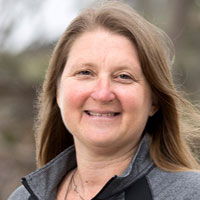
About the Researcher
Jenna Jambeck
Professor
School of Environmental, Civil, Agricultural and Mechanical Engineering
College of Engineering



